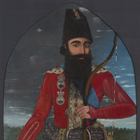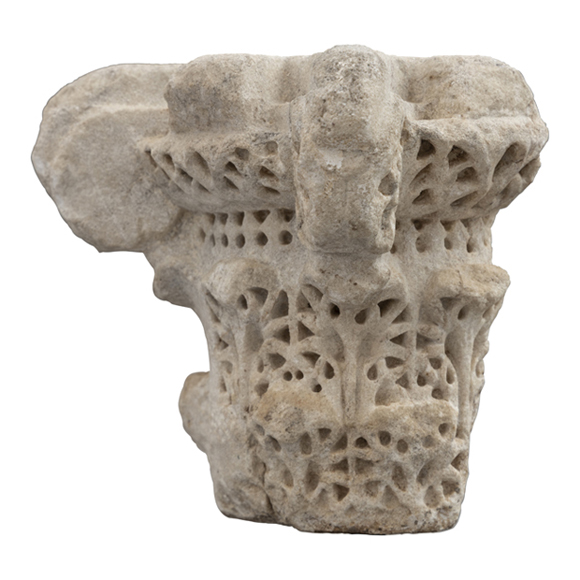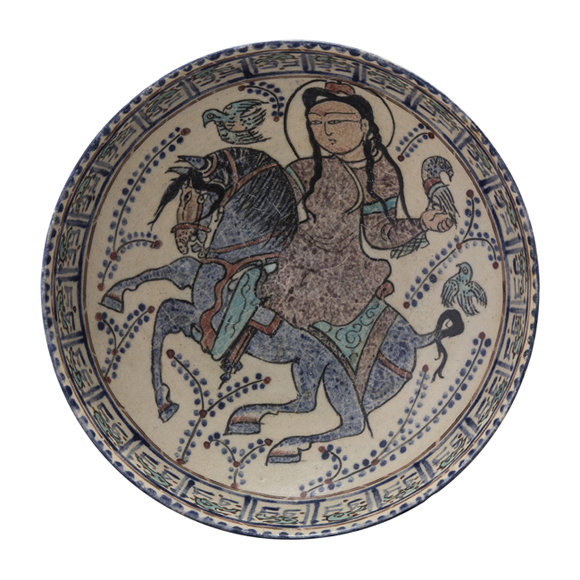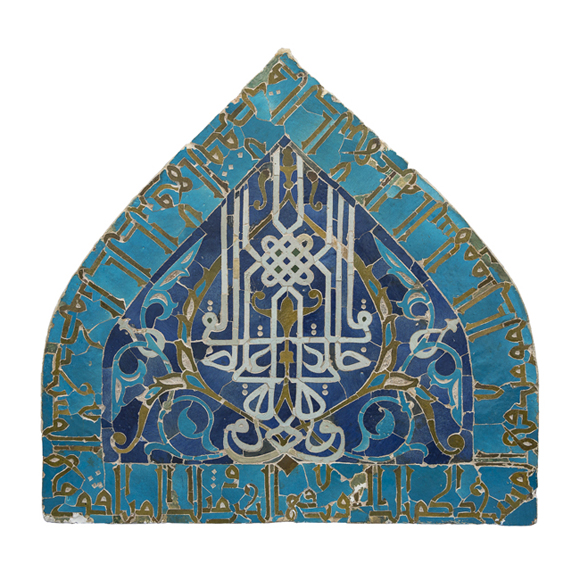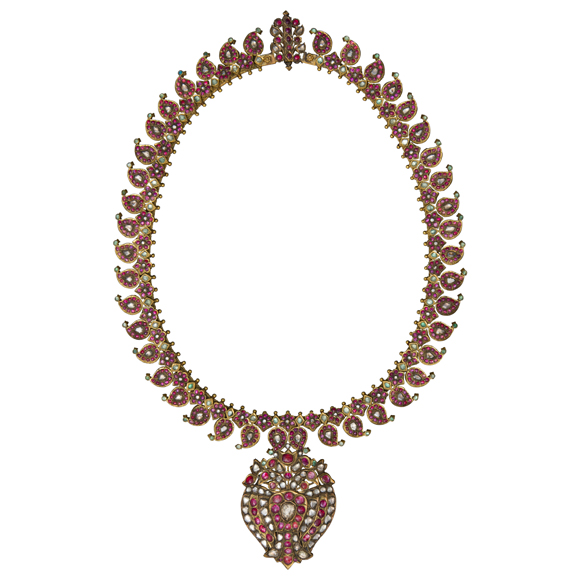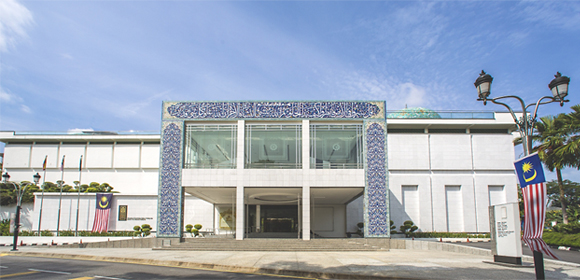Asian Gallery (Toyokan) Rooms 12 & 13
July 6, 2021 (Tue) - February 20, 2022 (Sun)
This special thematic exhibition does not limit its scope to a particular nation or region, but instead features Islamic art from all over the world. It was made possible through the generous cooperation of the Islamic Arts Museum Malaysia and their willingness to loan works from their impressive collection of Islamic masterpieces.
Islam was founded as a monotheistic religion in the 7th century by the Prophet Muhammad (ca. 570–632) on the Arabian Peninsula. After its founding, Islam gradually spread outward to Europe, North Africa, and Central Asia, eventually reaching East and Southeast Asia. It is currently the world’s second most widely practiced religion next to Christianity. Many Islamic dynasties rose and fell as the religion spread across the globe, and each one developed its own version of Islamic culture enriched by elements of local cultures.
This exhibition showcases decorative art objects and historical materials that highlight the diversity within Islamic culture and promote a deeper understanding of the Islamic world.
![]() List of Works (315KB)
List of Works (315KB)![]()
![]() Major works in this exhibition
Major works in this exhibition

